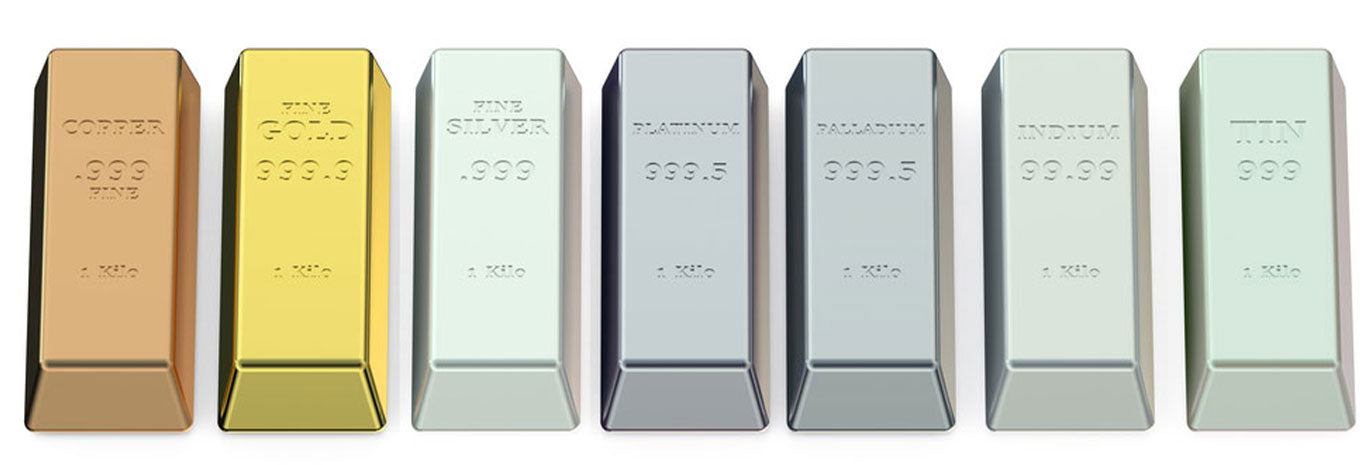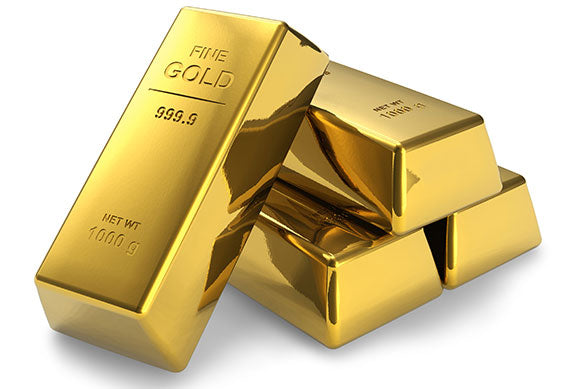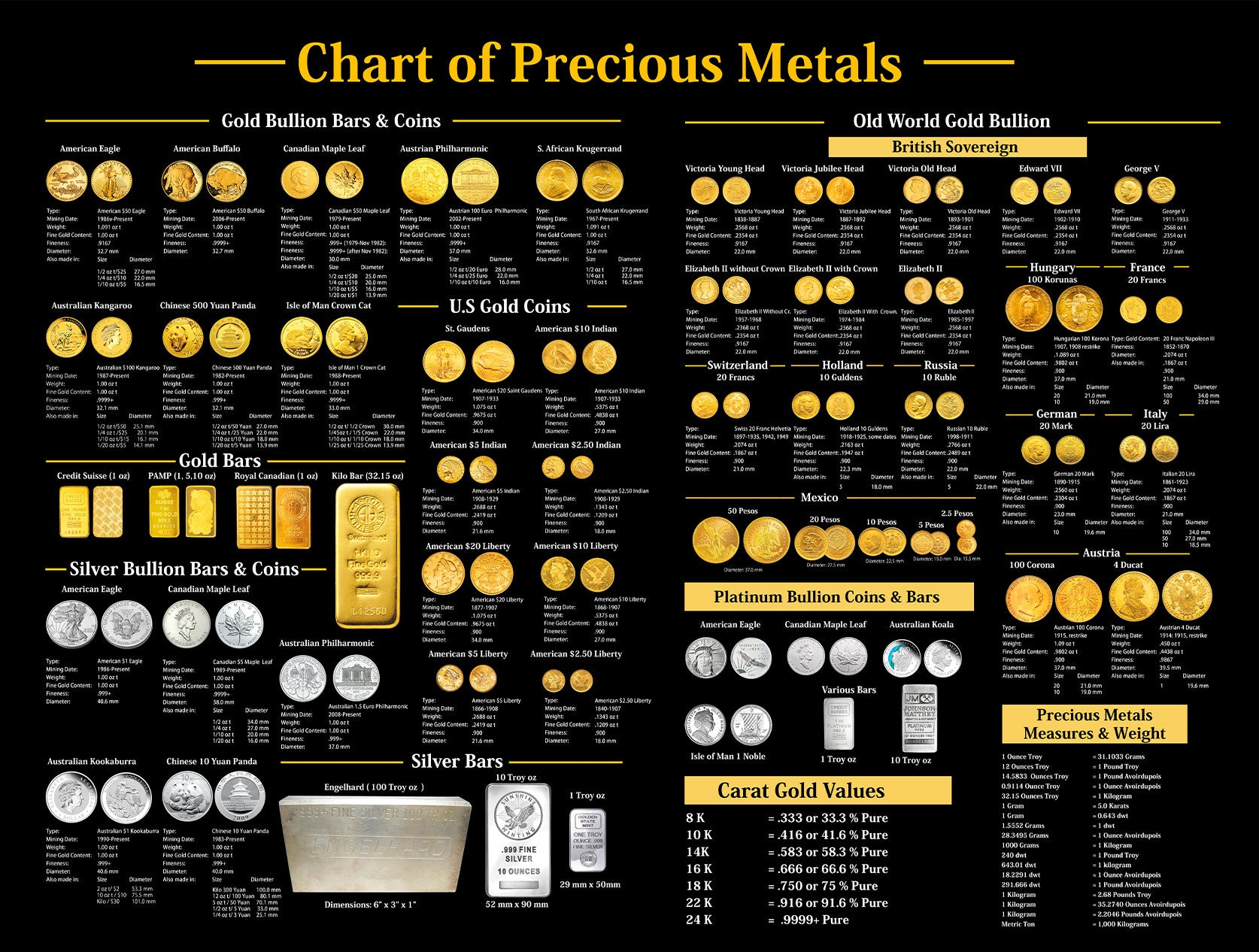Your Guide To Precious Metals

Choosing the right metal for your engagement or wedding band is crucial in giving you a ring that will last a long time and look lustrous and stunning.
Best Metals for Rings
While there are a range of alternative metals that are becoming increasingly popular for the use of engagement and wedding rings, the classic metals are still gold and platinum.
While gold and platinum can cost more than other types of metals, including tungsten, titanium, cobalt or palladium, these metals have several benefits. These include:
- Gold and platinum have lasted the test of time and have been used to craft rings for centuries. This proves that they are classics that will not go out of fashion but will continue to be used into the future.
- Both gold and platinum are valuable metals that tend to retain their value. Along with palladium and silver, they make up the four precious metals.
- These metals are ideal for heirloom jewelry and can easily be passed on to the next generation.
- Because they are very popular, your range of options will be unlimited when looking for rings made of gold or platinum.

Platinum
Platinum is one of the most durable metals with a naturally white color. Unlike white gold, platinum does not require rhodium plating to keep it lustrous and white, which makes maintaining a platinum ring easier.
Platinum is a denser metal with alloys that are over 95% in purity. This means that when you purchase a platinum ring, you’re buying more platinum and less of other metals. These factors contribute to platinum’s higher price compared to gold.
In terms of durability, platinum is strong and resistant to scratches. When a platinum ring gets scratched, the metal doesn’t get scratched out but simply displaces. This means that over time, platinum rings don’t wear thin.
One factor to consider with platinum is that as it gets older, platinum rings develop a patina, made up of tiny scratches in the metal. This gives the platinum ring an aged, worn look, which can be polished out professionally. However, some people love the look of platinum patina while others prefer to have a lustrous, shiny ring.
The Three Main Types of Gold
In its natural form, gold is yellow but it can be alloyed into rose and white gold varieties. Let’s take a look at these three types of gold:
- Yellow gold – The softest of the three types of gold used in jewelry, yellow gold features the natural color of metal. It’s the most classic choice when it comes to wedding ring metals, and has a traditional appearance.
- White gold – This is made by alloying pure gold with white metals which dilutes the color to a yellow tinged alloy. Afterwards, the metal is coated with rhodium, which gives it a lustrous, reflective finish. However, this plating can wear off after a while meaning that you will need to periodically replate the metal.
- Rose gold– Rose gold is made by mixing copper with gold and gets its color from the copper content. This is the hardest of the three types of gold used in jewelry. Rose gold is easy to maintain as it requires no plating and is resistant to scratches. It’s a classic, feminine option for wedding and engagement rings, but looks stunning for men’s rings too.
All the above three types of gold come in 14K and 18K varieties. These numbers simply refer to the amount of pure gold content in the alloy. 15K gold contains 58.5% pure gold while 18K contains 75% pure gold. Naturally, the higher the gold purity, the more expensive but softer the metal. As a result, 14K gold is more popular as it’s more durable, looks excellent and comes at a lower price point.

Gold vs. Platinum – Which to Choose?
It can be difficult to choose the perfect metal between these four options as each has its pros and cons. However, let’s narrow it down as follows:
- Color – For a modern look, white gold and platinum are the most popular options. Yellow and rose gold rings have a vintage, classic touch. Which style do you prefer?
- Durability – Platinum is more durable and harder than gold, but it will require polishing periodically to keep it lustrous. However, platinum tends to last longer as it doesn’t wear off.
- Comfort – Platinum is denser and therefore heavier than gold. If you prefer a lighter ring, gold can be a better choice.
- Engraving – Both metals can be engraved on easily, so this isn’t a major concern.
- Cost – Platinum is significantly more expensive than gold, all else being equal. The three types of gold are typically priced the same. White gold offers a good substitute for platinum at a lower price point.
- Prestige – Both metals are considered prestigious and valuable, and make perfect heirloom pieces.

